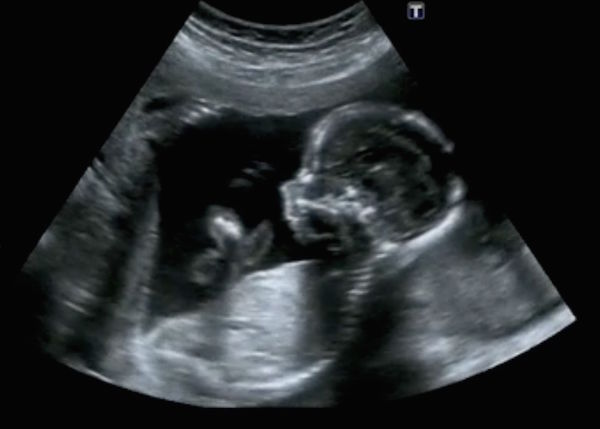
FRIDAY, April 27 (HealthDay News) — The incidence of babies with irregular head shapes, such as a flattened section in the back of the skull, have increased in the United States since the Back to Sleep campaign was introduced in 1994 to prevent sudden infant death syndrome, an expert says.
“There’s no doubt that as we as a country began putting babies to sleep on their backs, the incidence of [sudden infant death syndrome] declined significantly,” Dr. Sherilyn Driscoll, director of pediatric rehabilitation medicine at the Mayo Clinic in Rochester, Minn., said in a Mayo news release. “Simultaneously, the incidence of positional plagiocephaly, or head-shape asymmetry caused by babies’ sleeping position, increased.”
Driscoll said head-shape asymmetries generally are easy to treat but timing is crucial. Treatment must take place while the skull is still growing and before the skull bones have fused and soft spots have closed.
Head-shape asymmetry should be treated as soon as it’s noticed. One method, called repositioning, involves supervised tummy time for babies when they’re awake or showing them toys and encouraging them to turn to either side, Driscoll said.
If this approach doesn’t work, helmeting therapy can help skull bones grow in the proper direction. The helmets do not press on or reshape babies’ skulls, Driscoll said in the release. Helmeting therapy is most effective when it begins at 4 months to 6 months of age. By the time a baby reaches a year old, only minimal correction of head shape can be achieved.
Parents who notice a head-shape asymmetry in an infant younger than 4 months can meet with a specialist to discuss ways to reposition infants — in car seats for example — and strategies to encourage infants to turn their head toward the less flattened side, Driscoll said.
She also stressed that a baby with a head shape asymmetry needs to be seen by a specialist who can determine if the shape is due to the baby’s sleeping position or some other cause.
“There are a few less-common conditions of greater concern, such as craniosyntosis, that can cause a head-shape asymmetry, and those need to be ruled out first,” Driscoll said.
More information
The U.S. National Institute of Child Health and Human Development has more about head asymmetry in infants.

